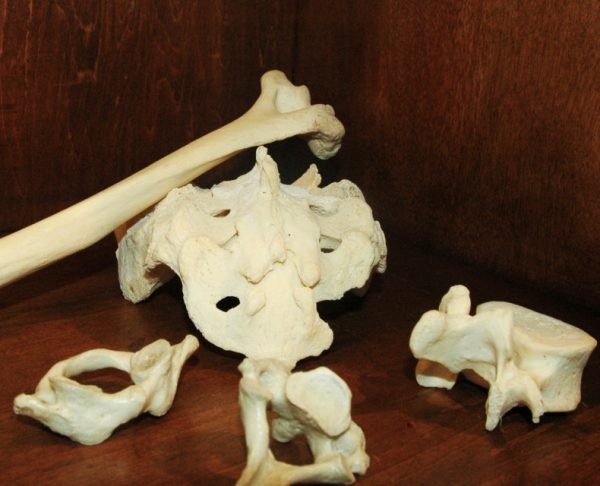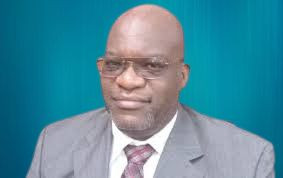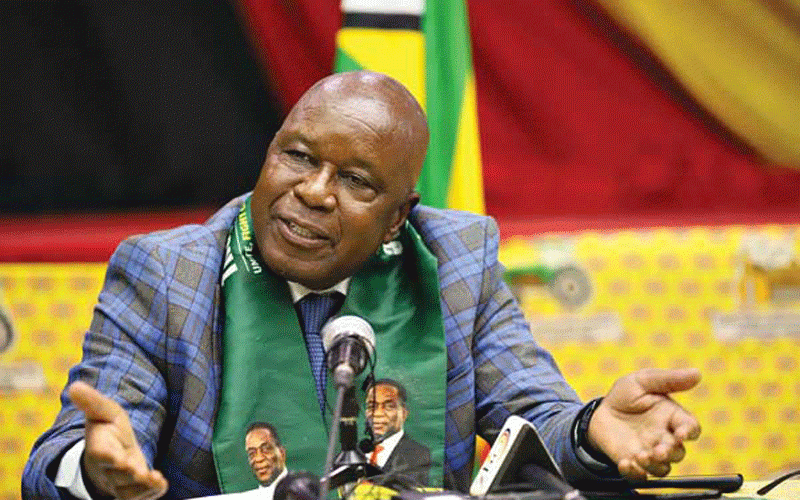
A family from Silozwi in Matobo last week exhumed the remains of their relative, who was reportedly killed during the Gukurahundi massacres, after several failed attempts.
By NQOBANI NDLOVU
Police on several occasions blocked the family from exhuming the remains of Mvulo Nyathi, reportedly killed by the North Korean-trained Fifth Brigade in 1984.
According to the family, Mvulo was repeatedly beaten up by members of the fifth Brigade at the height of the Gukurahundi massacres in 1984 until he died.
His body was allegedly dumped in a sacred cave behind Silozwi Secondary School and his skeletal remains had remained unburied.
The cave, located on a top of a hill, is just less than 2km from the family’s homestead.
At one time, the Nyathi family and other villagers gathered at their homestead in the Silozwi area, bought a coffin, conducted traditional rites and dug a grave to rebury their relative.
However, police disrupted the ceremony, dispersed the villagers, and ordered the family to fill up the grave they had dug.
- Chamisa under fire over US$120K donation
- Mavhunga puts DeMbare into Chibuku quarterfinals
- Pension funds bet on Cabora Bassa oilfields
- Councils defy govt fire tender directive
Keep Reading
On May 19, a team from an independent organisation, Ukuthula Forensic Anthropology, carried out the exhumation during a sombre occasion attended by the Nyathi family, Ibhetshu LikaZulu pressure group and Mthwakazi Republic Party [MRP] activists.
Nyathi’s remains have been taken to Bulawayo for forensics before a reburial, whose date is yet to be announced.
“We want him to rest in peace. He was not resting in peace where he was dumped after he was killed by soldiers.
“All that we are saying is that we want to bury one of our own at our homestead to appease his spirit,” said Christopher Nyathi, a relative.
“We are happy that the exhumation has been carried out without any disturbances, particularly that we made a promise that we would ensure that he is reburied properly to allow him to rest in peace.”
Matobo in Matabeleland South is one of the districts that bore the brunt of the Gukurahundi massacres, in particular there are mass graves at Bhalagwe where thousands of people were killed and buried at the detention centre.
About 5 000 people were allegedly slain or thrown into a disused mineshaft at Bhalagwe.
In the 1980s, an army crack unit specially trained by North Korean instructors, rampaged through the Matabeleland and Midlands provinces, killing an estimated 20 000 innocent civilians, according to the Catholic Commission for Justice and Peace.
Villagers still uncover human remains to date, particularly during the rainy season.
Last year, villagers discovered human remains scattered along the banks of Bhode River near Kezi business centre, and several were also dug out in the area on the instructions of Chief Nyangazonke.
However, the villagers were ordered to rebury the remains without any forensic investigation to establish their identity and cause of death, a move roundly condemned by the opposition and researchers as depressing and unfortunate.
The remains were reburied at the Kezi Rural Hospital graveyard.
Mbuso Fuzwayo, the Ibhetshu Likazulu coordinator, and Mqondiso Moyo, the MRP president, hailed the exhumation of Nyathi’s remains as necessary for the surviving victims to find closure to the country’s dark past.
“As a party, it is not only unfortunate and sad that there are some amongst us who are saying Gukurahundi is a closed chapter when victims are yet to find closure,” Moyo said.
President Emmerson Mnangagwa has said Gukurahundi is a closed chapter, while his predecessor Robert Mugabe described the killings as “a moment of madness”. Mnangagwa also refused to apologise for the massacres during an interview in Davos, Switzerland, saying he had signed into law the National Peace and Reconciliation Bill to deal with the issue
Moyo added: “There are many people who disappeared during that 1982-87 period and relatives remain hurting as government frustrates efforts to exhume and rebury their remains.
“We encourage victims to come forward and expose all Gukurahundi graves…we must remove that fear and work towards giving decent burials to our dear departed. Gukurahundi will not be suppressed until justice is attained.”
Ibhetshu LikaZulu is now erecting plaques at known Gukurahundi mass graves in what the pressure group’s coordinator said is necessary for memorialisation of the massacres.
“We work with communities; we rely on their oral evidence in identifying the sites. This is important for memorialisation for every Zimbabwean to know what the people of Matabeleland went through. It is undocumented history that, however, cannot be washed away.
“We have also met a lot of people who want and wish to have the remains of their relatives reburied…” Fuzwayo said.
Police late last year barred Zapu, Bulawayo-based Ibhetshu LikaZulu and other civic groups from visiting Bhalagwe to conduct a Gukurahundi memorial service.
Human remains have also been discovered in other districts such as Lupane in Matabeleland North province.
In 2011, students playing football at the grounds of St Paul Secondary School stumbled on human bones sticking out of the ground. The remains were reburied without forensics.
Finland-based Zimbabwean researcher and scholar of African politics Obert Hodzi said it was necessary that forensics be done before reburial of any identified human remains.
“The burial of human remains without proper investigation and determination of forensics raises grave suspicions as just assuming the remains are from the liberation war without conducting proper investigations seem to be an attempt to shrug off possibilities that they might be remains of victims of Gukurahundi,” he said.
“…at least out of respect for survivors and families of Gukurahundi victims who are still searching for the remains of their missing relatives, proper investigation and forensics are necessary.”











